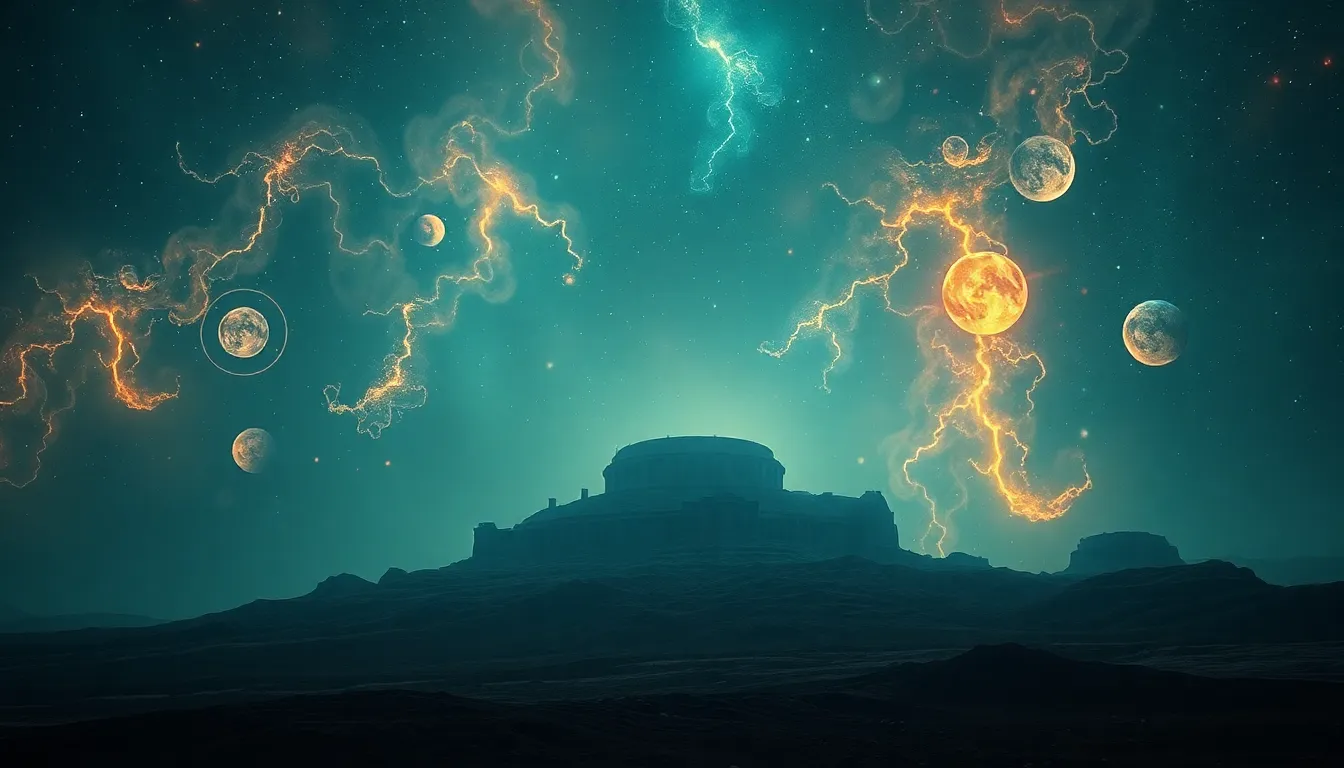The Prophetic Dreams of History’s Greatest Minds: What Did They See?
Introduction: The Intersection of Dreams and Genius
Throughout human history, dreams have been a source of fascination and intrigue. They have inspired art, literature, and scientific breakthroughs. The phenomenon of prophetic dreams—visions that seem to foretell future events or provide profound insights—has captivated the minds of many of history’s most brilliant figures. This article explores the dreams of some of these great minds and the impact those dreams had on their work and the world around them.
Understanding Prophetic Dreams: Definitions and Theories
Prophetic dreams can be defined as dreams that are believed to predict future events or reveal hidden truths. Various psychological and cultural theories attempt to explain this phenomenon. Some of the key theories include:
- Psychological Interpretation: Some psychologists suggest that prophetic dreams are manifestations of the subconscious mind processing information and emotions, leading to insights that feel prophetic.
- Cultural Significance: Many cultures view dreams as messages from the divine or the universe, often attributing prophetic qualities to them.
- Neurological Studies: Modern neuroscience has explored how dreams are linked to memory consolidation and problem-solving, suggesting that they might serve a functional purpose in our cognitive processes.
Case Study: The Dreams of Leonardo da Vinci
Leonardo da Vinci, the quintessential Renaissance man, often turned to dreams for inspiration. His dream experiences influenced not only his art but also his inventions. For example, da Vinci described a dream in which he saw himself flying through the air, which inspired his designs for early flying machines.
In another instance, he dreamt of seeing a giant bird, which sparked his ideas about the anatomy of flight. These dreams were not mere fantasies; they provided him with practical insights that he translated into sketches and prototypes.
The Visionary Dreams of Carl Jung
Carl Jung, a pioneering psychologist, believed that dreams were a window into the collective unconscious—a shared reservoir of experiences and archetypes. Jung often recorded his dreams, which played a crucial role in shaping his psychological theories.
One notable dream involved a confrontation with a dragon, symbolizing the integration of the shadow self. This dream informed his understanding of personal growth and individuation, emphasizing the importance of acknowledging both light and dark aspects of the psyche.
The Prophetic Visions of Mary Shelley
Mary Shelley’s masterpiece, “Frankenstein,” was born from a vivid dream she had during a summer spent in Geneva. In her dream, she envisioned a scientist who created life, only to confront the consequences of his actions. This dream not only inspired the plot of her novel but also reflected Shelley’s concerns about creation and responsibility.
The themes of humanity, ethics, and the consequences of scientific exploration found in “Frankenstein” resonate deeply with her personal experiences and societal issues of her time, showcasing how dreams can intertwine with the author’s life and work.
Dreams of War: The Insights of Winston Churchill
During World War II, Winston Churchill experienced vivid dreams that often mirrored the tumultuous events of his waking life. Some of these dreams provided him with insights that influenced his leadership decisions.
For example, Churchill had a recurring dream about a great struggle, which he interpreted as a reflection of the war’s challenges. This dream reinforced his resolve and helped him strategize effectively during critical moments, demonstrating the interplay between his subconscious and his role as a leader.
The Mystical Dreams of Nikola Tesla
Nikola Tesla, the visionary inventor, frequently reported having dreams that revealed new ideas and innovations. His dreams often presented him with fully formed concepts for inventions.
One famous account includes a dream in which he visualized the rotating magnetic field, a concept that became fundamental to his work on alternating current (AC) electricity. Tesla’s ability to translate his dream visions into practical technology illustrates the profound connection between creativity and the dream state.
The Spiritual Dreams of Edgar Allan Poe
Edgar Allan Poe, a master of the macabre, was deeply influenced by his dreams. His writings often feature dream-like sequences that blur the lines between reality and imagination.
Poe’s dream imagery was a reflection of his own struggles with mental health and loss. For instance, dreams of death and despair permeate his works, echoing his inner turmoil. These themes not only shaped his literary style but also influenced the broader literary movement of Romanticism.
Modern Perspectives: The Role of Dreams in Contemporary Visionaries
In today’s world, many modern thinkers, artists, and scientists continue to regard dreams as valuable sources of inspiration. Notable figures such as:
- Steve Jobs: The co-founder of Apple often spoke about the influence of his dreams on his creativity and innovation.
- Salvador Dalí: The surrealist painter famously used dream imagery in his artworks, believing that dreams were a pathway to the subconscious.
- Richard Feynman: The physicist attributed moments of insight to his dreams, which often helped him solve complex problems.
These examples highlight that the fascination with dreams and their potential for creativity is a timeless phenomenon that transcends generations.
Conclusion: The Lasting Impact of Dreams on Human Creativity and Innovation
The exploration of prophetic dreams among history’s greatest minds reveals a profound connection between our subconscious experiences and our creative output. From da Vinci’s innovative designs to Shelley’s literary masterpieces, dreams have played a significant role in shaping ideas and movements throughout history.
As we continue to explore the mysteries of the mind, the significance of dreams as sources of inspiration remains an enduring testament to their power in human creativity and innovation.




